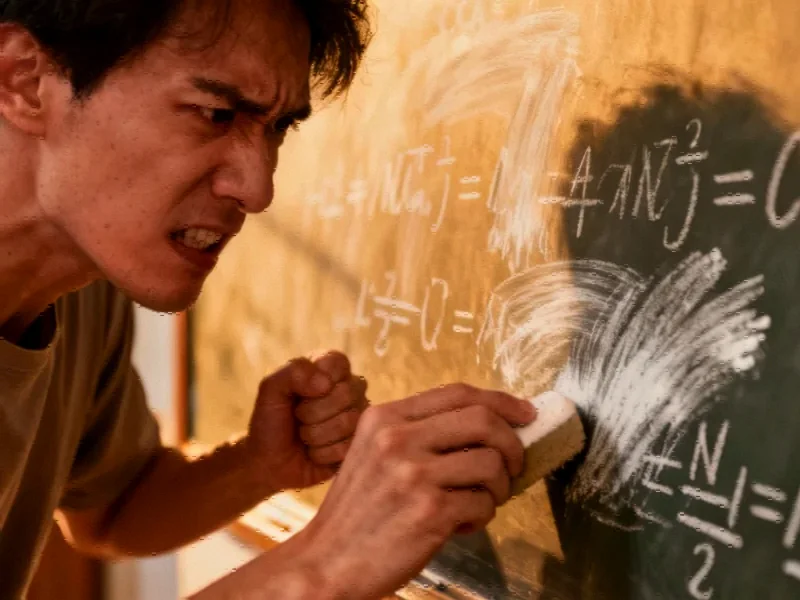The Peril of Premature AI Celebrations
When OpenAI researchers began celebrating what appeared to be mathematical breakthroughs by GPT-5, the artificial intelligence community responded with both skepticism and outright criticism. Meta’s Chief AI Scientist Yann LeCun described the subsequent blowback as “embarrassing,” while Google DeepMind CEO Demis Hassabis echoed the sentiment. The controversy highlights the challenges in evaluating AI capabilities and the importance of contextualizing claims within the broader landscape of AI research and development.
Understanding the Erdős Problems Controversy
The situation unfolded when OpenAI VP Kevin Weil announced in a since-deleted tweet that “GPT-5 found solutions to 10 (!) previously unsolved Erdős problems and made progress on 11 others.” These mathematical conjectures, named after the prolific mathematician Paul Erdős, represent some of the most challenging problems in mathematics. However, mathematician Thomas Bloom, who maintains the authoritative Erdos Problems website, quickly clarified that Weil’s statement represented “a dramatic misrepresentation” of what actually occurred.
Bloom explained that while these problems were indeed listed as “open” on his website, this designation simply meant that he was “personally unaware of a paper which solves it.” Rather than GPT-5 generating novel mathematical proofs, the AI system had actually discovered existing references and solutions that Bloom hadn’t encountered in his curation of the problems. This distinction between true mathematical innovation and literature discovery lies at the heart of the controversy.
The Nuance of AI Achievement in Mathematical Research
Sebastien Bubeck, an OpenAI researcher who had participated in promoting GPT-5’s accomplishments, later acknowledged that “only solutions in the literature were found.” However, he maintained that this still represented significant progress, noting “I know how hard it is to search the literature.” This perspective highlights how AI systems might contribute to mathematical research differently than human mathematicians—not through creative proof generation, but through comprehensive literature review and pattern recognition across existing mathematical knowledge.
The incident raises important questions about how we evaluate AI capabilities and communicate achievements. While discovering obscure mathematical references represents a valuable application of AI, it differs substantially from generating original mathematical proofs. This distinction matters significantly when considering the broader implications for AI integration across various sectors and how we manage expectations around artificial intelligence capabilities.
Broader Implications for AI Development and Evaluation
This episode underscores the importance of rigorous evaluation standards in AI development. As artificial intelligence systems become more sophisticated, the line between genuine innovation and enhanced information retrieval can become blurred. The mathematical community’s response demonstrates the necessity of domain expert validation when assessing AI achievements in specialized fields.
The controversy also highlights how different approaches to technology development across companies can lead to varying interpretations of what constitutes a breakthrough. While some organizations might emphasize the practical applications of existing knowledge discovery, others focus on genuine novelty in problem-solving approaches.
The Path Forward for AI in Mathematics
Despite the overstated claims, the incident reveals genuine potential for AI systems to assist mathematical research. The ability to comprehensively search mathematical literature and identify connections between problems could significantly accelerate research progress. However, this requires clear communication about what AI systems are actually accomplishing and appropriate framing of their contributions.
As the field continues to evolve, we’re likely to see more sophisticated collaborations between AI systems and human mathematicians. These partnerships might combine the pattern recognition and data processing capabilities of AI with the creative insight and intuition of human researchers. Understanding these emerging industry developments will be crucial for properly contextualizing future AI announcements.
The key takeaway from this incident is that while AI systems are becoming increasingly capable tools for mathematical research, we must maintain clear distinctions between different types of achievements. Literature discovery, while valuable, represents a different category of accomplishment than genuine mathematical innovation. As AI continues to transform various fields, maintaining this clarity will be essential for realistic assessment of progress and potential.
This article aggregates information from publicly available sources. All trademarks and copyrights belong to their respective owners.
Note: Featured image is for illustrative purposes only and does not represent any specific product, service, or entity mentioned in this article.



